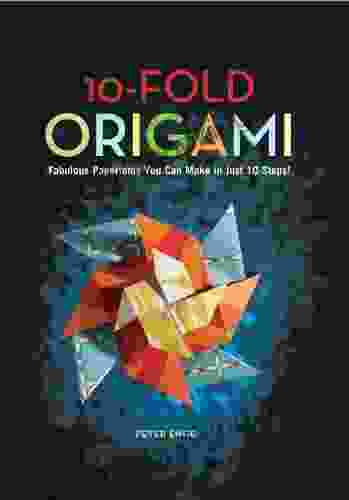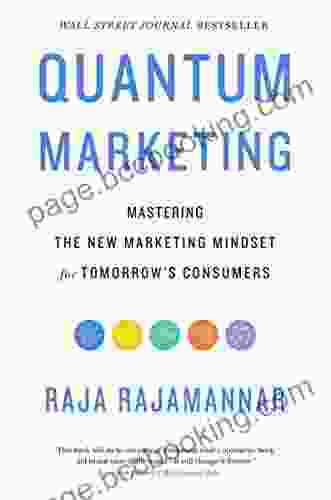Perfect for Origami Beginners: Children or Adults, Unleash Your Creativity!

Origami, the ancient art of paper folding, has captivated people worldwide for centuries. Its simplicity and versatility make it accessible to individuals of all ages and skill levels. If you're eager to embark on your origami journey, look no further! This article will introduce you to the basics of origami and guide you through some simple projects to get you started.
Benefits of Origami
- Improves fine motor skills: Origami requires precise folding and dexterity, which enhances hand-eye coordination and fine motor control.
- Develops spatial reasoning: Understanding origami involves visualizing three-dimensional objects from two-dimensional instructions, fostering spatial intelligence.
- Promotes focus and concentration: Origami demands attention to detail and patience, enhancing concentration and perseverance.
- Encourages creativity: While following instructions is essential, origami also allows for experimentation and personal touches, fostering imagination and self-expression.
- Provides a sense of accomplishment: Completing an origami project brings a sense of satisfaction and accomplishment, boosting confidence and self-esteem.
Getting Started with Origami
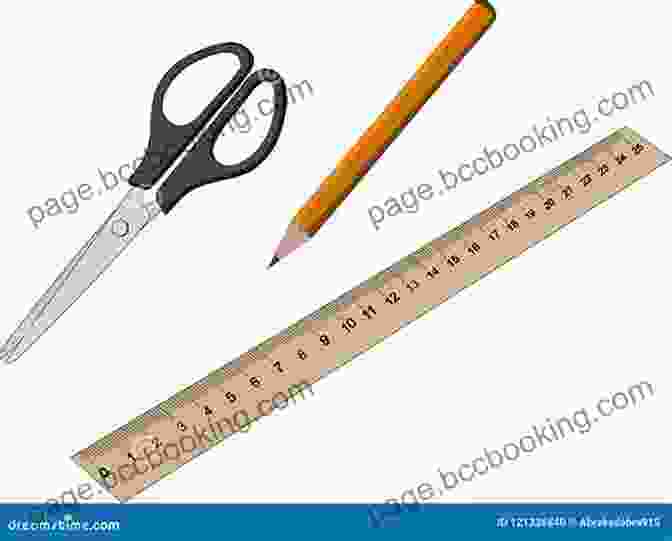
4.3 out of 5
| Language | : | English |
| Text-to-Speech | : | Enabled |
| Enhanced typesetting | : | Enabled |
| File size | : | 7113 KB |
| Screen Reader | : | Supported |
| Print length | : | 96 pages |
To begin your origami adventure, you'll need a few essential supplies:
- Origami paper: Specialized paper designed for origami, typically square-shaped and with varying weights and colors.
- Scissors: For precise cutting of paper.
- Ruler and pencil: For accurate measurements and markings.
- Folding mat: Optional but recommended for a stable and clean work surface.
Simple Origami Projects for Beginners
1. Paper Airplane
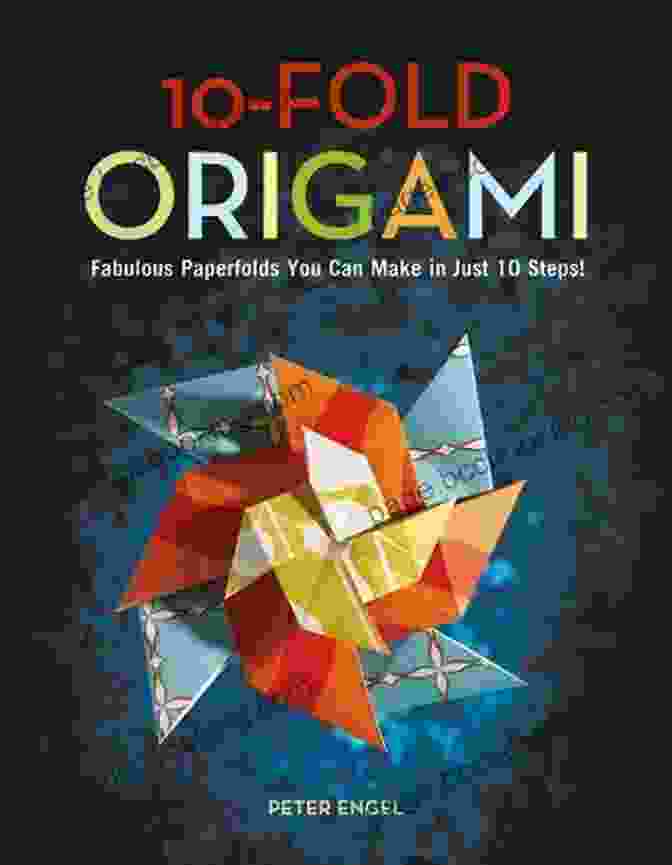
Instructions:
1. Fold a square sheet of paper in half diagonally and unfold it. 2. Fold the top two corners to the center line. 3. Fold the bottom edge to the center line, overlapping the corners. 4. Unfold the last fold and flatten the creases. 5. Fold the bottom edges to meet the creases. 6. Fold the plane in half to complete it.
2. Origami Crane

Instructions:
1. Fold a square sheet of paper in half and unfold it. 2. Fold in half again perpendicularly and unfold it. 3. Rotate the paper 45 degrees and fold diagonally. 4. Unfold the last fold and fold the top point to the center. 5. Fold the side points to the center. 6. Turn the paper over and repeat steps 4 and 5. 7. Unfold the last fold and pull the corners of the square base together. 8. Fold the wings down and complete the crane.
3. Origami Frog

Instructions:
1. Fold a square sheet of paper in half and unfold it. 2. Fold the top corners to the center line and tuck them inside. 3. Rotate the paper 45 degrees and repeat step 2. 4. Unfold the last fold and fold the bottom edge to the top edge. 5. Unfold the last fold and fold the top corners to the center. 6. Fold the frog in half to complete it.
Tips for Origami Beginners
- Start with simple folds: Gradually increase the complexity of your folds as you become more comfortable.
- Use thin paper: Thinner paper is easier to fold and manipulate.
- Follow instructions carefully: Accuracy is crucial in origami.
- Be patient: Origami requires patience and practice.
- Don't be afraid to experiment: Once you're comfortable with the basics, try creating your own designs.
Origami is a rewarding and accessible craft that brings endless joy and benefits. Whether you're a child or an adult, beginner or experienced, origami offers a unique way to express your creativity, improve your hand skills, and have fun. With a little practice and guidance, you'll be amazed by the intricate and beautiful forms you can create with a simple piece of paper. Embrace the art of origami and embark on a world of endless possibilities. Happy folding!
4.3 out of 5
| Language | : | English |
| Text-to-Speech | : | Enabled |
| Enhanced typesetting | : | Enabled |
| File size | : | 7113 KB |
| Screen Reader | : | Supported |
| Print length | : | 96 pages |
Do you want to contribute by writing guest posts on this blog?
Please contact us and send us a resume of previous articles that you have written.
 Book
Book Novel
Novel Page
Page Chapter
Chapter Text
Text Story
Story Genre
Genre Reader
Reader Library
Library Paperback
Paperback E-book
E-book Magazine
Magazine Newspaper
Newspaper Paragraph
Paragraph Sentence
Sentence Bookmark
Bookmark Shelf
Shelf Glossary
Glossary Bibliography
Bibliography Foreword
Foreword Preface
Preface Synopsis
Synopsis Annotation
Annotation Footnote
Footnote Manuscript
Manuscript Scroll
Scroll Codex
Codex Tome
Tome Bestseller
Bestseller Classics
Classics Library card
Library card Narrative
Narrative Biography
Biography Autobiography
Autobiography Memoir
Memoir Reference
Reference Encyclopedia
Encyclopedia Paul Van Doren
Paul Van Doren Patrick Henry Winston
Patrick Henry Winston Zhi Gang Sha
Zhi Gang Sha Paul Levitz
Paul Levitz Randy Vance
Randy Vance P W Catanese
P W Catanese Phoenix Grey
Phoenix Grey The Princeton Review
The Princeton Review Paul Doiron
Paul Doiron Wendy Mogel
Wendy Mogel Tom M Apostol
Tom M Apostol Scott Kelly
Scott Kelly Petru Popescu
Petru Popescu Nikita Thorn
Nikita Thorn Ren Lowe
Ren Lowe Patti Miller
Patti Miller Peter Rand
Peter Rand Tango Adams
Tango Adams Robert B Gordon
Robert B Gordon Nicole Kornher Stace
Nicole Kornher Stace
Light bulbAdvertise smarter! Our strategic ad space ensures maximum exposure. Reserve your spot today!
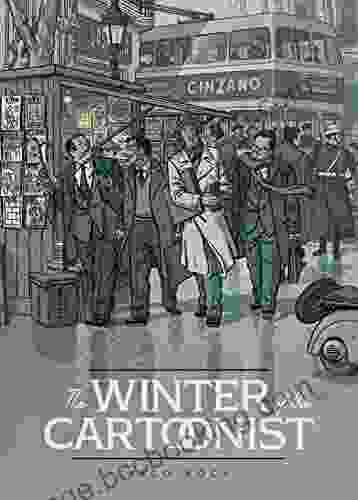
 Clarence MitchellThe Winter of the Cartoonist: A Journey into the Creative Mind of Bill...
Clarence MitchellThe Winter of the Cartoonist: A Journey into the Creative Mind of Bill...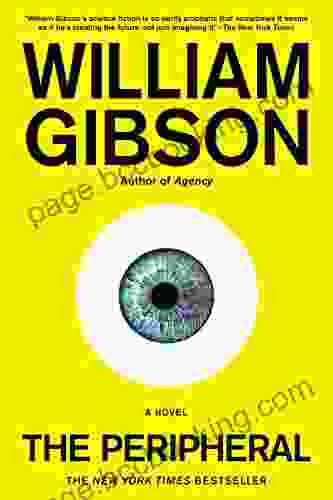
 Ted SimmonsThe Peripheral: The Jackpot Trilogy - A Literary Masterpiece for the Modern...
Ted SimmonsThe Peripheral: The Jackpot Trilogy - A Literary Masterpiece for the Modern... Hector BlairFollow ·14.4k
Hector BlairFollow ·14.4k Manuel ButlerFollow ·7.4k
Manuel ButlerFollow ·7.4k Kyle PowellFollow ·11.5k
Kyle PowellFollow ·11.5k Fabian MitchellFollow ·3.6k
Fabian MitchellFollow ·3.6k Cooper BellFollow ·2.1k
Cooper BellFollow ·2.1k Maurice ParkerFollow ·18.3k
Maurice ParkerFollow ·18.3k Ivan TurgenevFollow ·5.3k
Ivan TurgenevFollow ·5.3k Jeremy MitchellFollow ·10.1k
Jeremy MitchellFollow ·10.1k

 Marvin Hayes
Marvin HayesGoverning Law for Law School and Bar Exam Prep: Your...
Unlock the Secrets of...

 Sidney Cox
Sidney CoxUnveiling the Epic Tales of Whiskey, War, and Military...
In the tapestry of history,...

 Victor Turner
Victor TurnerGoverning Law for Law School and Bar Exam Prep: The...
What is Governing...

 Robert Browning
Robert BrowningSterling Test Prep MCAT General Chemistry Practice...
: Embark on Your MCAT General Chemistry...
4.3 out of 5
| Language | : | English |
| Text-to-Speech | : | Enabled |
| Enhanced typesetting | : | Enabled |
| File size | : | 7113 KB |
| Screen Reader | : | Supported |
| Print length | : | 96 pages |


